The Solid-State Drive (SSD) at times can slow down your Windows 10 system due to multiple reasons. SSDs use flash memory to boot a computer faster and deliver higher performance. However, due to several external factors, the speed of SSD slows down drastically, troubling the users.
Also Read
Page Contents
Your SSD Runs Slow On Windows 10, How To Speed Up
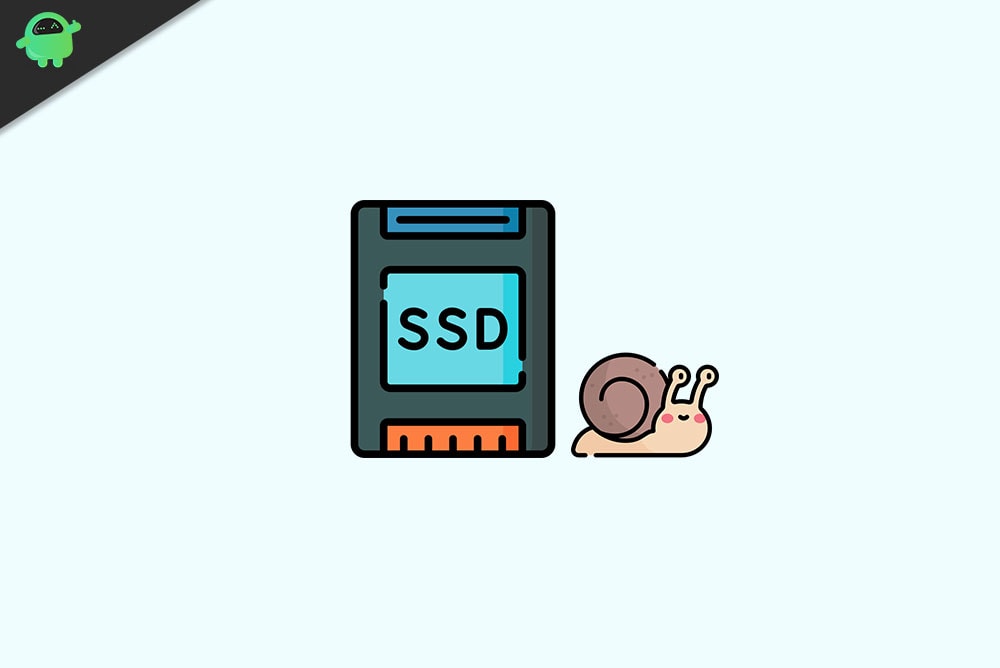
The issue of SSD slowing down on Windows 10 is quite common and has trapped a lot of users by now. That is why, today, in this article, we have compiled a long list of possible fixes that will help your boost SSD’s speed in Windows 10 and mark out the issue within no time. Let’s learn how:
FIX 1: Optimize your SSD:
Like any other system component within your computer, SSD also accumulates junk over time, and thus users need to optimize it to bring back the original shape. For optimizing your SSD:
- Firstly, go to the Desktop search bar, type Disk Cleanup, and open the relevant search result.
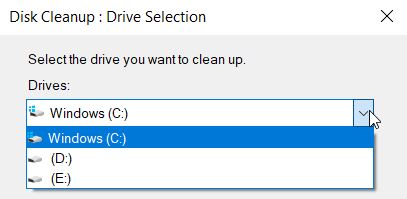
- On the Disk Cleanup prompt, open the drop-down, select the SSD drive, and click on OK. It will now launch the process.
- Here delete the detected junk files.
- Now navigate to the Start menu, type “defrag” and open Defragment and Optimize Drives from the search result.
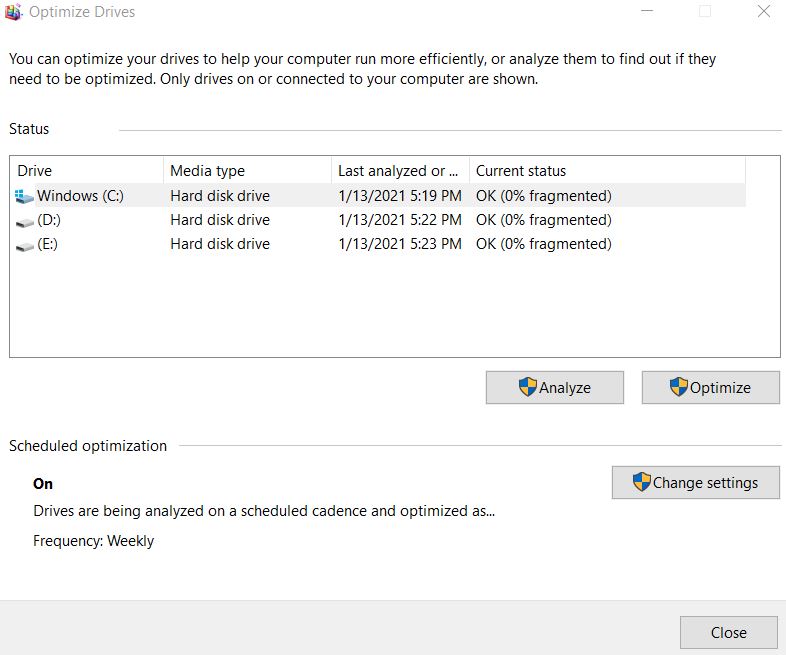
- Here select the SSD drive and click on the Optimize tab.
- Once done, the speed of SSD on Windows 10 would have improved now. Though if not, follow the next fix.
FIX 2: Choose the High-Power Plan:
To receive full power in the SSD, it is always recommended to choose the High-performance power plan. Thus, for selecting the High-Power Plan, follow the steps given below:
- Firstly, on the Desktop search bar, type “Power” and then click on Power & Sleep settings from the search results.
- On the next screen, click on the option Additional power settings.
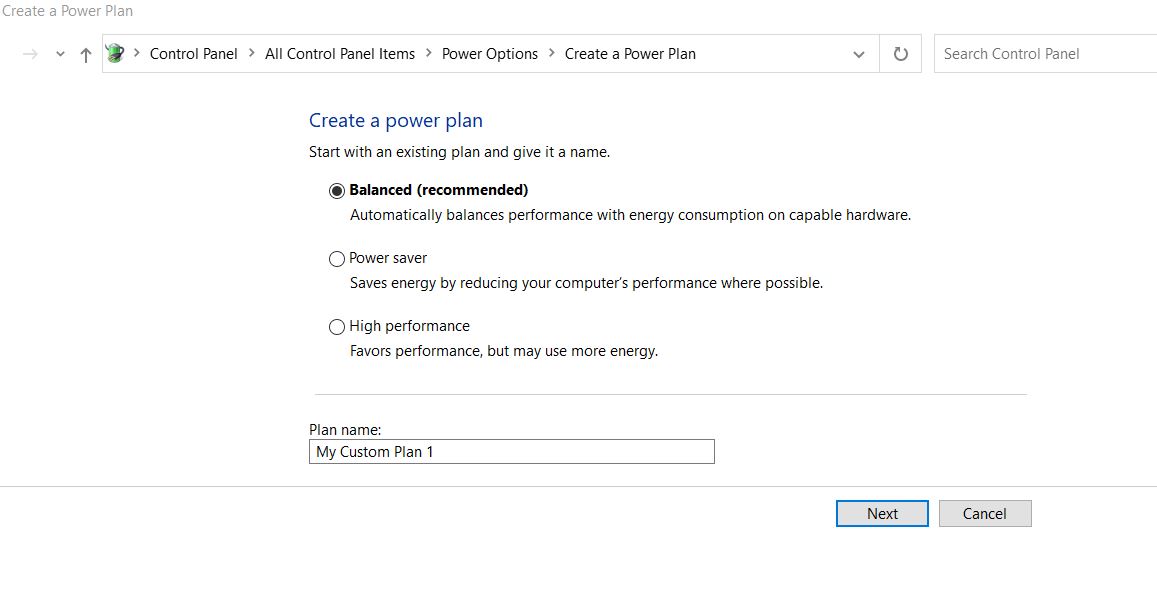
- On the next screen, at the left-pane menu, click on Create a Power Plan and click on the circular button before the option High Performance.
- Finally, close the window and check whether the SSD speed on Windows 10 has got improved or not.
FIX 3: Run and check with the TRIM command:
Follow the steps given below:
- Firstly, go to the Desktop search bar, type “cmd”, and open Command Prompt from the search results. (make sure you open it with administrator access).
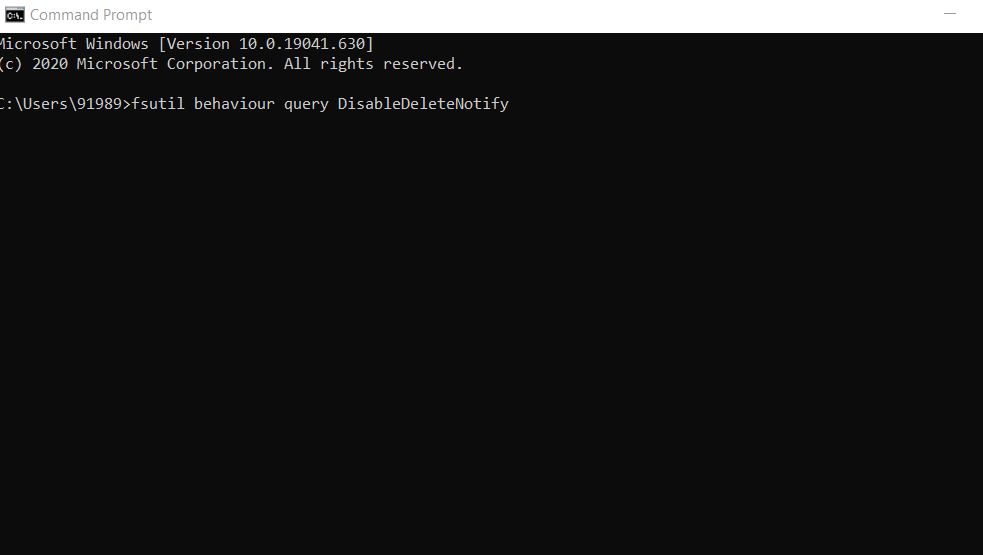
- Now in the Command Prompt window, type or Copy + Paste the following command and then press Enter.
fsutil behaviour query DisableDeleteNotify
- Now, if you get Numeric 0 as a result, then it indicates that TRIM is enabled. However, if you get numeric 1 as a result, then it indicates that TRIM is disabled. Thus with 1 in the search result, follow the next step.
- Now Type or Copy + Paste the following command and then press Enter.
fsutil behaviour set DisableDeleteNotify 0
- Once done, close the Command Prompt window and check whether the SSD’s speed has risen or not.
FIX 4: Check whether the AHCI Mode is enabled:
The high-speed performance of your SSD is crucially dependent upon the AHCI mode. AHCI means Advanced Host Controller Interface, that if disabled, can also crash your computer and land you on the Blue screen of death. For checking whether the AHCI mode is enabled or not, follow the steps given below:
- Firstly, press Windows + X altogether and from the context menu, select the option Device Manager.
- On the Device Manager window, expand the option IDE ATA / ATAPI Controllers. If you can locate the AHCI controller in the expanded list, it means that they are enabled. However, if you only see ATA and IDE, then the AHCI is most probably disabled in your system.
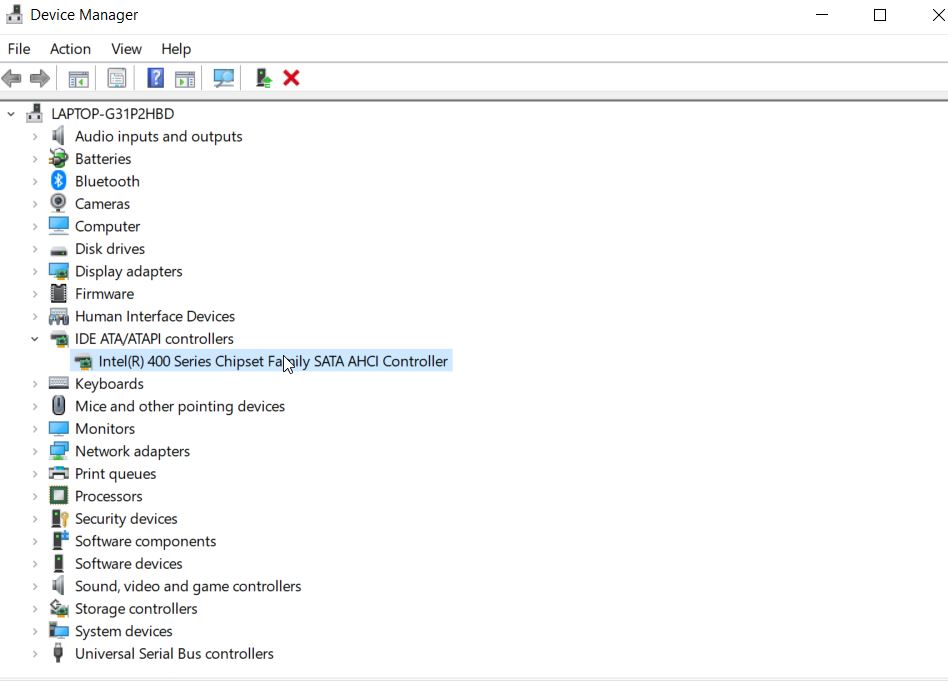
- Now, if AHCI is enabled, then FIX 4 ends here. However, if not, then proceed with the next steps in a row:
- Navigate to all the keys mentioned below set the value Start to 0:
HKEY_LOCAL_MACHINE\SYSTEM\CurrentControlSet\Services\iaStorV
HKEY_LOCAL_MACHINE\SYSTEM\CurrentControlSet\Services\iaStorAVC\StartOverride
HKEY_LOCAL_MACHINE\SYSTEM\CurrentControlSet\Services\storahci
HKEY_LOCAL_MACHINE\SYSTEM\CurrentControlSet\Services\storahci\StartOverride
- Now restart your system and then navigate to the UEFI/BIOS firmware settings. Here enable the AHCI mode.
- Finally, save the settings, exit the window and again restart your system.
- Once done, check whether the SSD speed on Windows 10 has increased or not.
FIX 5: Update your firmware:
The firmware on SSD needs to be updated regularly in order to identify the problems, resolve them and fix all the existing bugs. It not only improves SSD’s performance but also enhances its compatibility with your system and enhances drive stability.
To update firmware on SSD,
- Firstly, identify the same firmware which exists on your SSD.
- Now navigate to the manufacturer’s official website and check if a newer version for your SSD firmware exists or not. If yes, then update it and follow all the instructions mentioned there.
FIX 6: Disable onboard VGA:
As per a lot of suffered users, disabling the onboard VGA (Video Graphic Array) has resolved the slow SSD on Windows 10. Hence, we recommend you to try doing the same by following the steps given below:
- Firstly, restart your computer and enter the BIOS setting.
- Here navigate to the Advanced BIOS setting and locate the option Onboard VGA.
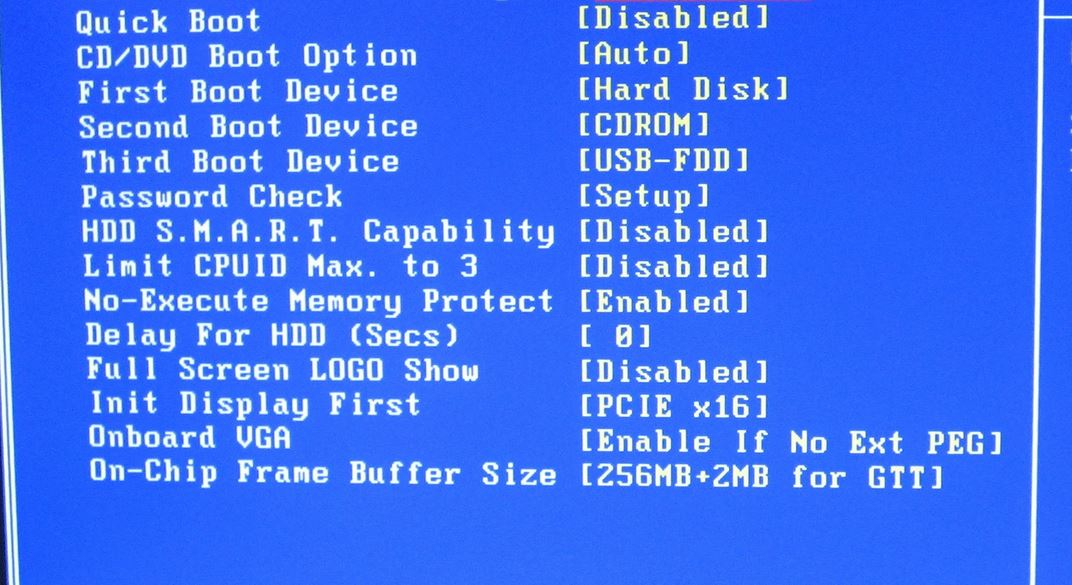
- Finally, select the Disable option for Onboard VGA.
- Now start your computer usually and check whether the Slow Speed SSD issue on Windows 10 got resolved or not.
FIX 7: Configure the BOOT sequence:
When the BOOT sequence is wrongly configured, it can slow down the SSD on Windows 10. As hard drive is on the top priority for BOOT, which in result takes a longer duration to fetch and load the operating system. For configuring the BOOT sequence, follow the steps given below:
- Firstly, restart your computer and enter the BIOS setting.
- There you need to change the boot sequence of HDD and SSD. Here the first priority must be given to the SSD.
- Now start your computer usually and check whether the Slow Speed SSD issue on Windows 10 got resolved or not.
SSD slowing down on Windows 10 can be a result of various reasons. If the slow down remains the same for long, it can also result in corrupting the SSD anytime soon. Hence it is advisable to resolve the issue the quickest.
The list of Fixes for Slow SSD on Windows 10 in the article above will help you resolve the said issue in no time. Try them in the given sequence until and unless one of them effectively works for your system. If you have any queries or feedback, please write down the comment in the below comment box.
